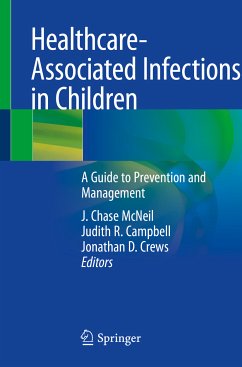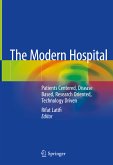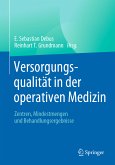This book focuses on the epidemiology, diagnosis and management of Healthcare-Associated Infections (HAIs) in children. Unlike similar texts, this book details both the general principles involved in HAIs and infection prevention and also provides a problem-oriented approach, more precisely meeting the needs of a clinician at the bedside. Importantly, included in this text are discussions on medical device-related infections in children. The book is divided into three principle sections: 1) basic principles of infection control and prevention, 2) major infectious syndromes and 3) infections in vulnerable hosts. Each chapter covers the epidemiology, microbiology, clinical features, diagnosis, medical management and prevention of the disease entity of interest. Written by experts in the field, chapters are evidenced-based, drawing from the published medical literature as well as from clinical practice guidelines. Richly illustrated with tables, figures and algorithms, the book is designed to assist in the evaluation and management of these often complex patients.
Healthcare-Associated Infections in Children is a valuable resource for infectious disease specialists, intensivists, neonatologists, surgeons, oncologists, infection preventionists, hospitalists, nurses, and all medical professionals treating children who are susceptible to HAIs.
Dieser Download kann aus rechtlichen Gründen nur mit Rechnungsadresse in A, B, BG, CY, CZ, D, DK, EW, E, FIN, F, GR, HR, H, IRL, I, LT, L, LR, M, NL, PL, P, R, S, SLO, SK ausgeliefert werden.









